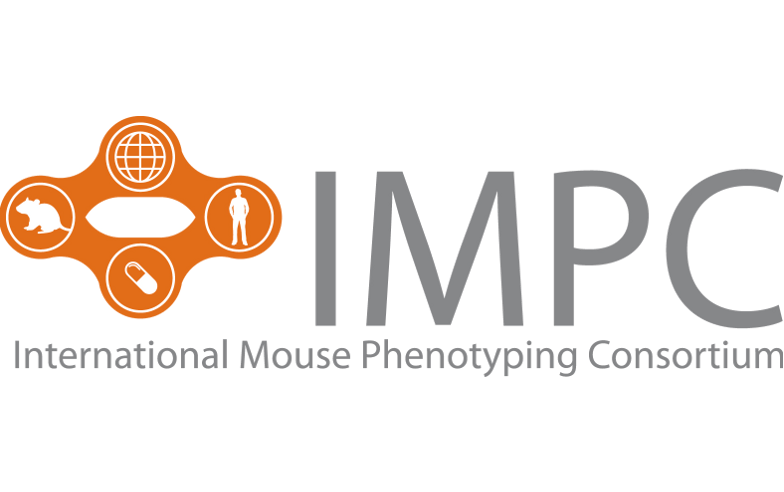|
초록
|
Striatal-enriched protein tyrosine phosphatase (STEP) is abundantly expressed in the striatum, which strongly expresses dopamine and opioid receptors and mediates the effects of many drugs of abuse. However, little is known about the role of STEP in opioid receptor function. In the present study, we generated STEP-targeted mice carrying a nonsense mutation (C230X) in the kinase interaction domain of STEP by screening the N-ethyl-N-nitrosourea (ENU)-driven mutant mouse genomic DNA library and subsequent in vitro fertilization. It was confirmed that the C230X nonsense mutation completely abolished functional STEP protein expression in the brain. STEP(C230X-/-) mice showed attenuated acute morphine-induced psychomotor activity and withdrawal symptoms, whereas morphine-induced analgesia, tolerance and reward behaviors were unaffected. STEP(C230X-/-) mice displayed reduced hyperlocomotion in response to intrastriatal injection of the μ-opioid receptor agonist DAMGO, but the behavioral responses to δ- and κ-opioid receptor agonists remained intact. These results suggest that STEP has a key role in the regulation of psychomotor action and physical dependency to morphine. These data suggest that STEP inhibition may be a critical target for the treatment of withdrawal symptoms associated with morphine.
|






